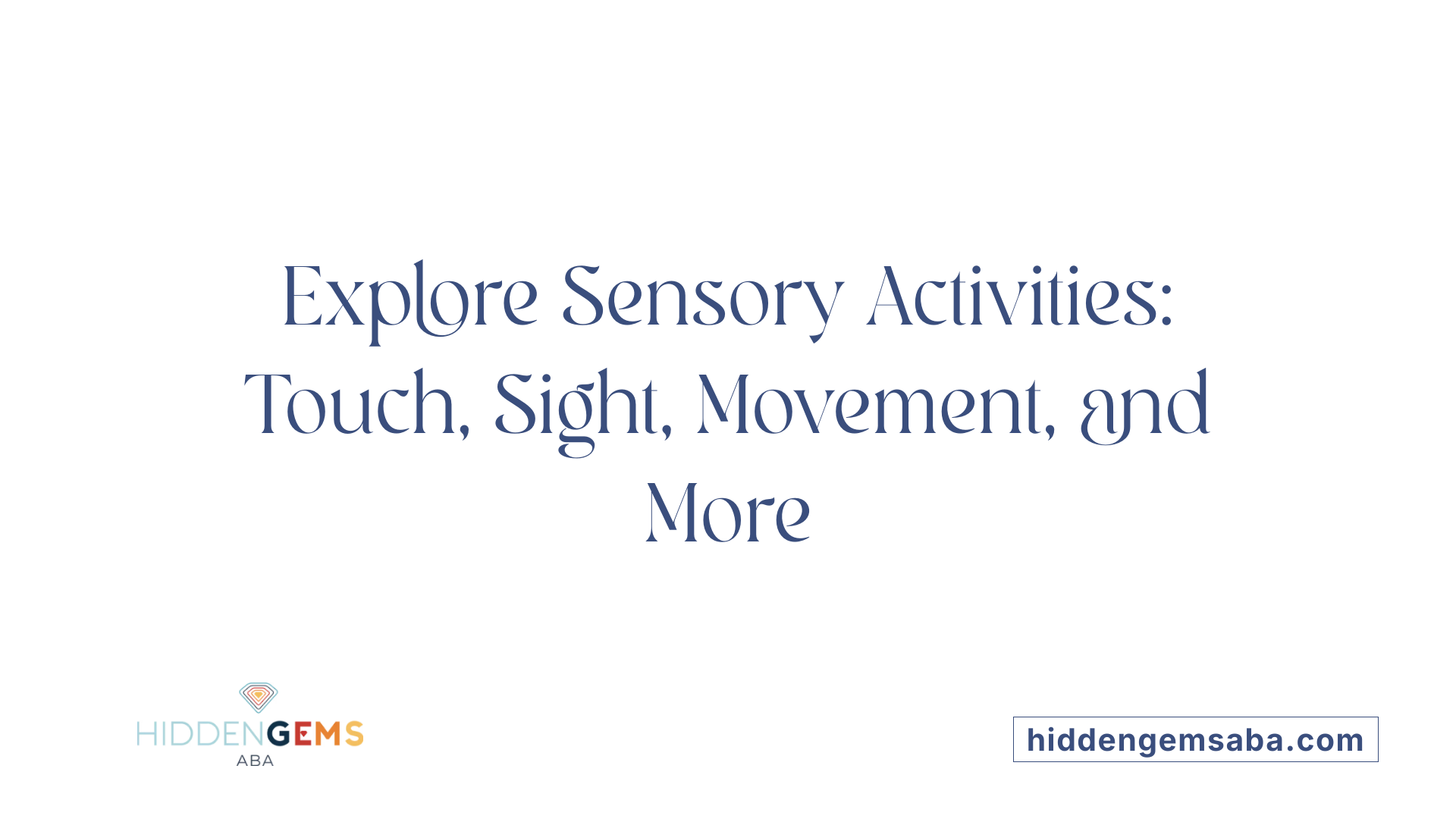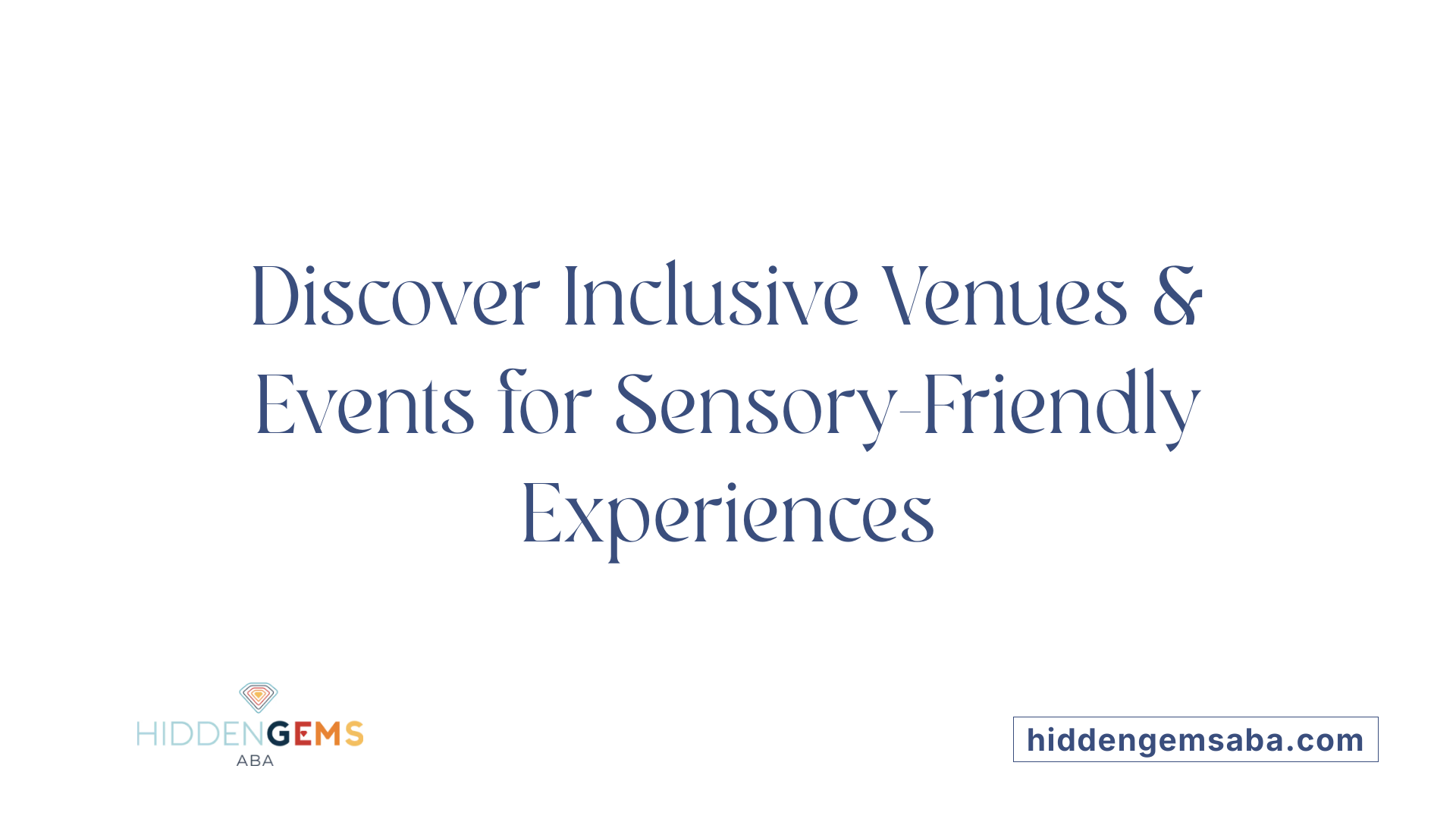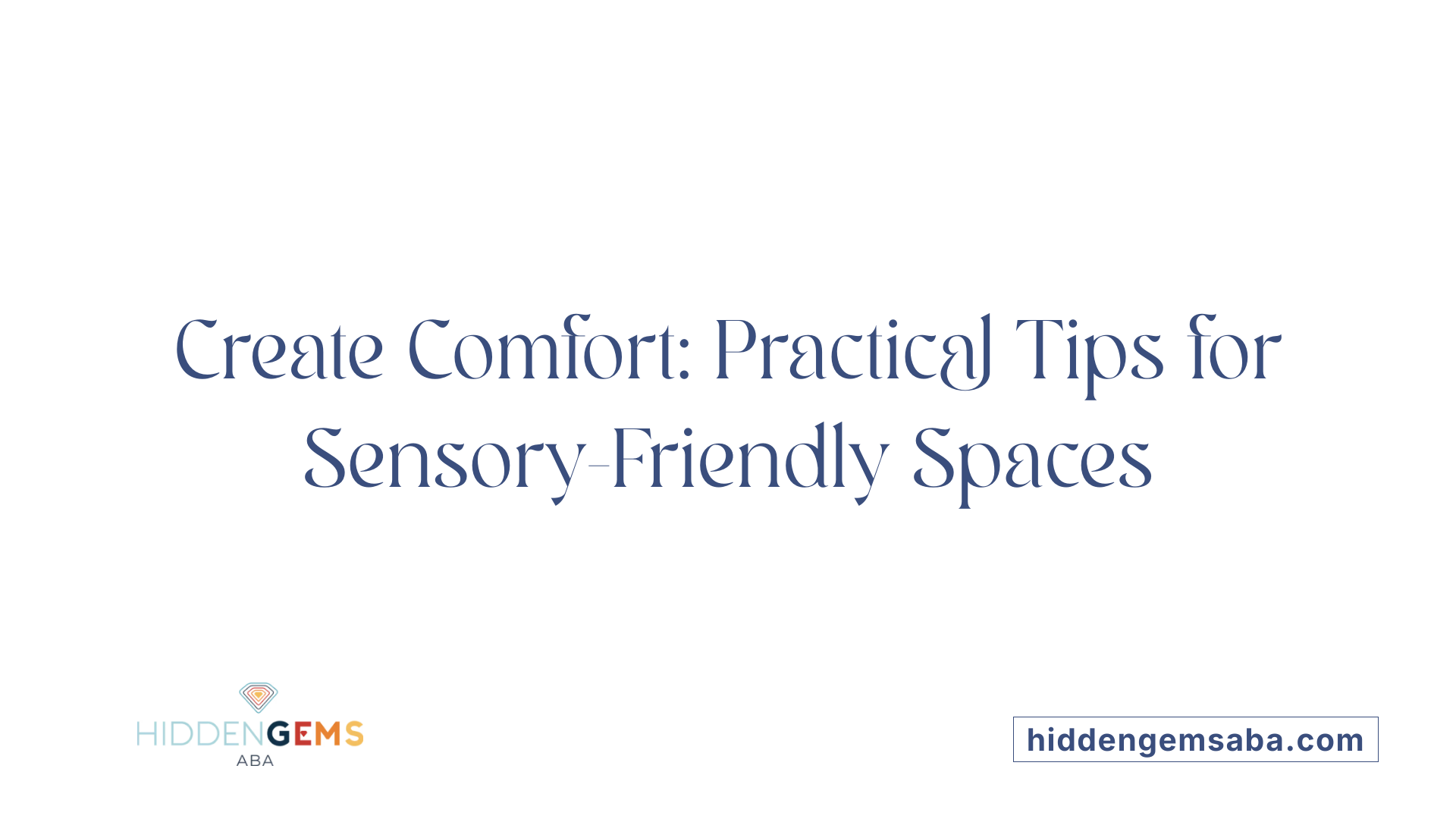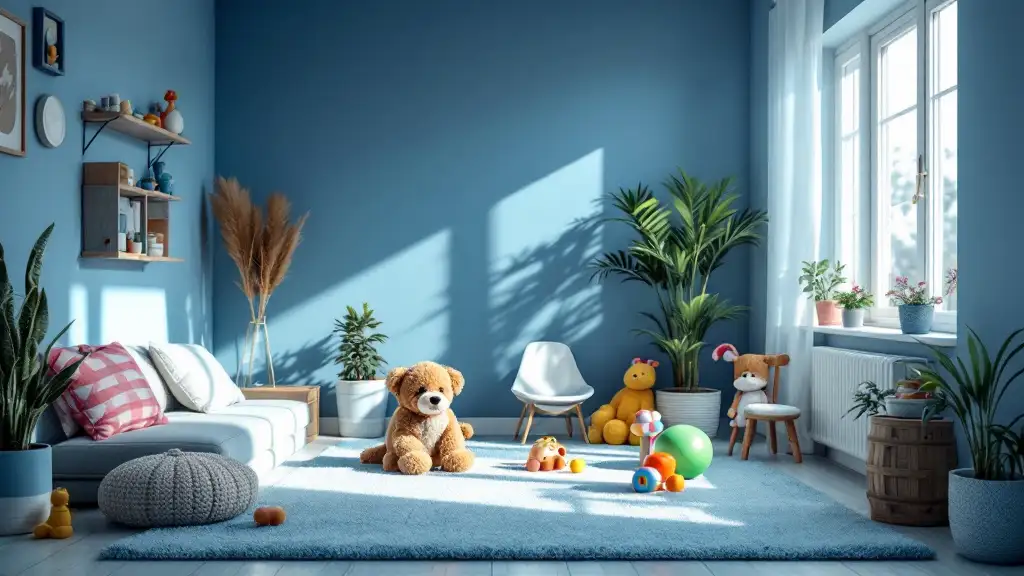Understanding Sensory Engagement in Autism
Sensory-friendly activities are vital tools that help children with autism process sensory information, develop motor skills, and enhance emotional regulation. Tailored to individual sensory sensitivities and preferences, these activities foster a sense of calm and promote learning, socialization, and independence. This article explores a variety of sensory activities designed to support children with autism, offering practical ideas and highlighting accessible resources to create inclusive, engaging environments.
Types of Sensory Activities and Their Components

What are some sensory activities that can help children with autism engage their senses?
Children with autism benefit greatly from activities that stimulate their senses in safe and engaging ways. Tactile play is fundamental, involving materials like textured beans, rice, or slime that children can touch and manipulate. For example, sensory bins filled with colorful beans or pasta provide rich tactile experiences. Making slime or polka dot slime introduces varied textures while offering calming sensory feedback. Visual stimulation can be incorporated through activities like rainbow soap foam or rainbow ice excavation, which showcase vibrant colors and movement.
Movement-based activities are also essential; swinging, web walks, and bouncing on therapy balls provide vestibular and proprioceptive input, helping children feel grounded and regulated. Additionally, sensory tools such as fidget toys, calming bottles filled with glitter or beads, and noise-canceling headphones support self-regulation and emotional control.
It’s crucial to tailor these activities to each child's individual sensitivities and preferences. Creating a safe environment encourages exploration and sensory processing, leading to improved well-being and participation in daily routines.
What are the benefits of sensory activities for individuals with autism?
Engaging in sensory activities offers multiple advantages for children and teens with autism. These activities help improve sensory processing skills, allowing individuals to better interpret and respond to sensory information, ultimately reducing feelings of overwhelm and anxiety.
Furthermore, sensory play significantly enhances motor development. Fine motor skills—such as grasping, writing, and buttoning—along with gross motor skills like jumping, crawling, and swinging, are strengthened through varied sensory activities.
Sensory activities also promote language and social skills. When children participate in shared activities like creating sensory bottles or playing with textured materials, they learn to communicate, take turns, and share focus. Emotional regulation is another key benefit; activities such as using calming sensory bottles or playing with weighted blankets help children manage stress and reduce meltdowns.
Overall, the incorporation of sensory routines fosters independence, social confidence, and a higher quality of life by supporting behavioral, cognitive, and emotional growth.
What are some examples of sensory activities suitable for children with autism?
There is a wide range of sensory activities suitable for children with autism that cater to different sensory preferences. Swinging on a sensory swing, bouncing on therapy balls, or engaging in water play can provide vestibular and tactile experiences.
Exploring sensory bins filled with materials like sand, beans, or cooked noodles allows children to enjoy tactile input. Playing with slime, Playdough, or textured finger paints—especially those that include scented or edible options—further develop fine motor skills and sensory awareness.
Visual stimuli such as colorful lights, glow-in-the-dark water, or textured visual effects can captivate children and help them process visual input effectively. Combining multiple senses—touch, sight, sound, and smell—through activities like making rainbow soap foam or exploring wind chimes contributes to sensory integration.
It’s vital to select activities and materials that are safe and suited to each child's individual sensory sensitivities, ensuring their participation is both enjoyable and beneficial.
How can caregivers and educators implement sensory-friendly activities for children with autism?
Caregivers and educators can effectively support children with autism by incorporating a variety of sensory activities tailored to individual needs. Creating sensory-rich environments with textured toys, colorful visual stimuli, and calming tools like fidget kits can promote engagement.
Designating dedicated sensory spaces equipped with items such as zipper boards, rainbow ice excavation kits, and soft mats helps children self-regulate. Choosing activities that develop motor skills—like swinging, web walking, or gentle bouncing—supports sensory integration.
Professional guidance from occupational therapists can enhance activity selection and adaptation. They assist in identifying a child's sensory profile—whether they are hypersensitive, hyposensitive, or sensory-seeking—and recommend suitable activities.
Using resources like Pinterest or organizational toolkits can inspire caregivers to create sensory stations that are both fun and effective. Consistent routines and visual schedules further help children anticipate activities, reducing anxiety and encouraging participation.
Are there accessible resources or tools for sensory activities for children with autism?
Absolutely. Numerous resources and tools are available to facilitate sensory activities for children on the autism spectrum. Sensory toys such as fidget sets, weighted animals, sensory bottles, and tactile balls are widely accessible and designed to stimulate various senses.
Specialized sensory room products—including soft mats, wall panels, and sensory lighting—help create controlled environments for therapy or relaxation.
Many online shops and organizations offer DIY kits, like weighted lap pads, stress balls, and sensory bags, enabling parents and teachers to assemble personalized sensory tools.
Community programs and websites often provide detailed guides and activity ideas, supporting caregivers in developing effective sensory routines at home or in educational settings.
In summary, these resources aim to improve sensory regulation, reduce stress, and enhance focus, leading to better participation in daily activities and improved overall well-being for children with autism.
| Activity Type | Examples | Sensory Focus | Additional Notes |
|---|---|---|---|
| Tactile Play | Slime, textured bins, finger painting | Touch | Safe, age-appropriate materials recommended |
| Visual Engagement | Rainbow foam, glow-in-the-dark water, visual lights | Sight | Bright colors and moving visuals stimulate visual senses |
| Auditory Stimuli | Calming sounds, household musical instruments | Hearing | Use of gentle, relaxing sounds or instrument play |
| Movement-Based Activities | Swinging, web walks, bouncing | Vestibular, proprioception | Promote balance and spatial orientation |
| Sensory Tools | Fidget toys, calming bottles, noise-canceling headphones | Touch, sound, visual | Aid in emotional regulation and focus |
This variety of activities supports comprehensive sensory development, playing a vital role in nurturing communication, emotional regulation, and motor skills for children on the autism spectrum.
Accessible Sensory Venues and Events

What sensory-friendly activities and venues are available for children and individuals with autism?
People with autism can benefit greatly from venues and events that are designed to be sensory-friendly. Many museums, zoos, and cultural attractions have incorporated inclusive practices to make their spaces accessible. For example, some sites offer special hours during which sensory stimuli are minimized, such as dimmed lighting, lowered sound levels, and quiet zones. The Bullock Museum in Austin, Texas, provides early sensory hours with sensory support items like fidget toys and noise-reducing headphones.
Theaters and entertainment venues also adapt their performances. The Magik Theatre, for example, offers sensory-friendly shows with adjusted sound and lighting, enabling children with sensory sensitivities to enjoy live performances. Morgan’s Wonderland, an accessible theme park in Texas, offers free admission to guests with disabilities and features rides and attractions designed to accommodate various sensory needs.
What specialized events like sensory-friendly screenings or activities exist?
Community-organized events are crucial in improving access and inclusion. Many theaters host sensory-friendly movie screenings, often with the lights up and sound turned down, creating a more comfortable environment. Dallas Children’s Theater provides sensory-friendly performances aimed at inspiring young audiences with disabilities.
In addition, outdoor activities such as geocaching—an outdoor treasure hunt using GPS technology—are adapted to be autism-friendly by incorporating accessibility features like GPS kit loan programs. Other events include sensory storytimes at bookstores, where children can explore books with tactile activities and sensory stations.
Examples of Minnesota venues with dedicated sensory hours or programs
Minnesota has several attractions committed to serving children with autism. Nickelodeon Universe inside the Mall of America offers sensory-friendly hours with adjusted lighting and sound, staff training on autism sensitivity, and sensory guides for families. The Walker Art Center hosts Sensory Sundays, providing a modified environment with reduced stimuli.
The Como Zoo offers early access and sensory-friendly visitor information, allowing children with sensory sensitivities to enjoy animal encounters comfortably. Additionally, the Children's Theatre Co. offers sensory-friendly performances, enabling children to engage with arts in a supportive setting.
Community activities and resources for fostering inclusion
Beyond venues, community organizations support inclusive activities such as sensory dinners, outdoor adventures, and storytimes. For example, the Dinosaur Company hosts sensory-friendly dinners with themed activities to promote relaxation and family bonding. The Minnesota Department of Natural Resources loans GPS kits for accessible geocaching adventures, encouraging outdoor exploration.
Bookstores and libraries hold sensory storytimes, featuring books and tactile activities designed for children with autism. These inclusive events foster social skills, reduce anxiety, and support family involvement.
How do accessible resources or tools support engagement?
Numerous tools and resources are available to support sensory activities, making participation easier and more effective. Sensory toys like fidget sets, weighted blankets, and tactile balls are accessible and promote calming sensations. Sensory rooms equipped with mats, tents, and wall panels provide customized multi-sensory experiences.
Many websites sell ready-made sensory tools or offer DIY ideas, such as making stress balls or sensory bottles at home. These resources help children develop self-regulation, improve attention, and enjoy meaningful engagement.
How do sensory-friendly environments promote inclusion?
Adjustments in sensory environments help children and adults with sensitivities participate in community activities comfortably. By reducing overwhelming stimuli and providing quiet zones, these venues support self-regulation and emotional well-being.
Many organizations actively promote inclusive events, and advertising these options increases participation and community involvement. The goal is to create settings where everyone feels comfortable and accepted, fostering social interaction and shared experiences.
Below is a summary table of some notable venues and activities:
| Venue or Event | Location | Sensory Features | Additional Notes |
|---|---|---|---|
| Mall of America | Minnesota | Sensory-friendly hours, sensory guides | Trained staff, quiet zones |
| Walker Art Center | Minnesota | Sensory Sundays, dimmed lights | Art activities with reduced stimuli |
| Nickelodeon Universe | Minnesota | Dedicated sensory hours | Family-friendly environment |
| Dallas Children’s Theater | Texas | Sensory-friendly performances | Adjusted sound and lighting |
| Morgan’s Wonderland | Texas | Accessible rides, sensory accommodations | Free for individuals with disabilities |
| Dino Dinners | Texas | Themed dinner events, relaxed atmosphere | Dinosaur-related activities |
By offering tailored experiences and accommodations, these venues and events help close the gap in access, ensuring children and individuals with autism can participate fully in community and leisure activities.
Practical Tips for Creating a Sensory-Friendly Environment

How can caregivers and educators implement sensory-friendly activities for children with autism?
Implementing effective sensory-friendly activities involves understanding each child's individual sensory profile. Caregivers and educators can enrich the environment with varied sensory experiences, such as textured toys like polka dot slime, rainbow soap foam, or rainbow ice excavation kits, which stimulate different senses like touch and sight.
Creating dedicated sensory spaces is also crucial. These rooms can house tools like zipper boards, sensory bins filled with dried beans or pasta, and calming gadgets such as weighted blankets or fidget toys. It's essential to select activities that promote motor skills and sensory exploration without overwhelming the child.
Tailoring activities based on whether a child exhibits hyperresponsiveness, hyporesponsiveness, or sensory-seeking behaviors ensures they receive appropriate sensory input. For instance, swinging or jumping can be calming, while colorful visual stimulation can attract sensory seekers.
Consulting with occupational therapists can provide personalized strategies, including safe, engaging options like bouncing, swinging, or weighted activities that support sensory integration. Resources such as sensory activity lists and Pinterest boards can serve as inspiration for creating creative, age-appropriate, and personalized activities, fostering better participation and engagement.
What environmental modifications support sensory regulation and comfort?
Environmental adjustments create a supportive atmosphere for children with autism by reducing sensory overload and promoting calmness. Designating quiet zones equipped with calming toys, tactile objects, noise-canceling headphones, and weighted blankets provides a refuge during overstimulation.
Lighting plays a significant role; dimmable lights or blackout curtains can help control visual stimuli, creating a softer environment. Reducing ambient noise through sound barriers or by choosing quieter times for activities minimizes auditory stimuli that may cause distress.
Visual supports like social stories and visual schedules prepare children for transitions, helping them feel more in control and reducing anxiety. Incorporating familiar sensory activities into daily routines fosters predictability, which is comforting.
Personalizing these modifications based on each child's unique sensitivities—whether to sound, light, texture, or smell—further enhances their comfort. Such tailored changes not only help regulate sensory input but also enable children to participate more fully in educational and social settings, promoting overall well-being.
Fostering Inclusion Through Sensory Awareness
Creating sensory-friendly activities and environments is essential for supporting children with autism in reaching their full potential. By understanding individual preferences and leveraging accessible resources, caregivers, educators, and community organizations can facilitate meaningful participation, promote self-regulation, and enhance overall well-being. Whether through structured activities, specialized venues, or simple environmental adjustments, fostering inclusion through sensory awareness helps build understanding and acceptance, ultimately enriching the lives of children on the autism spectrum.






